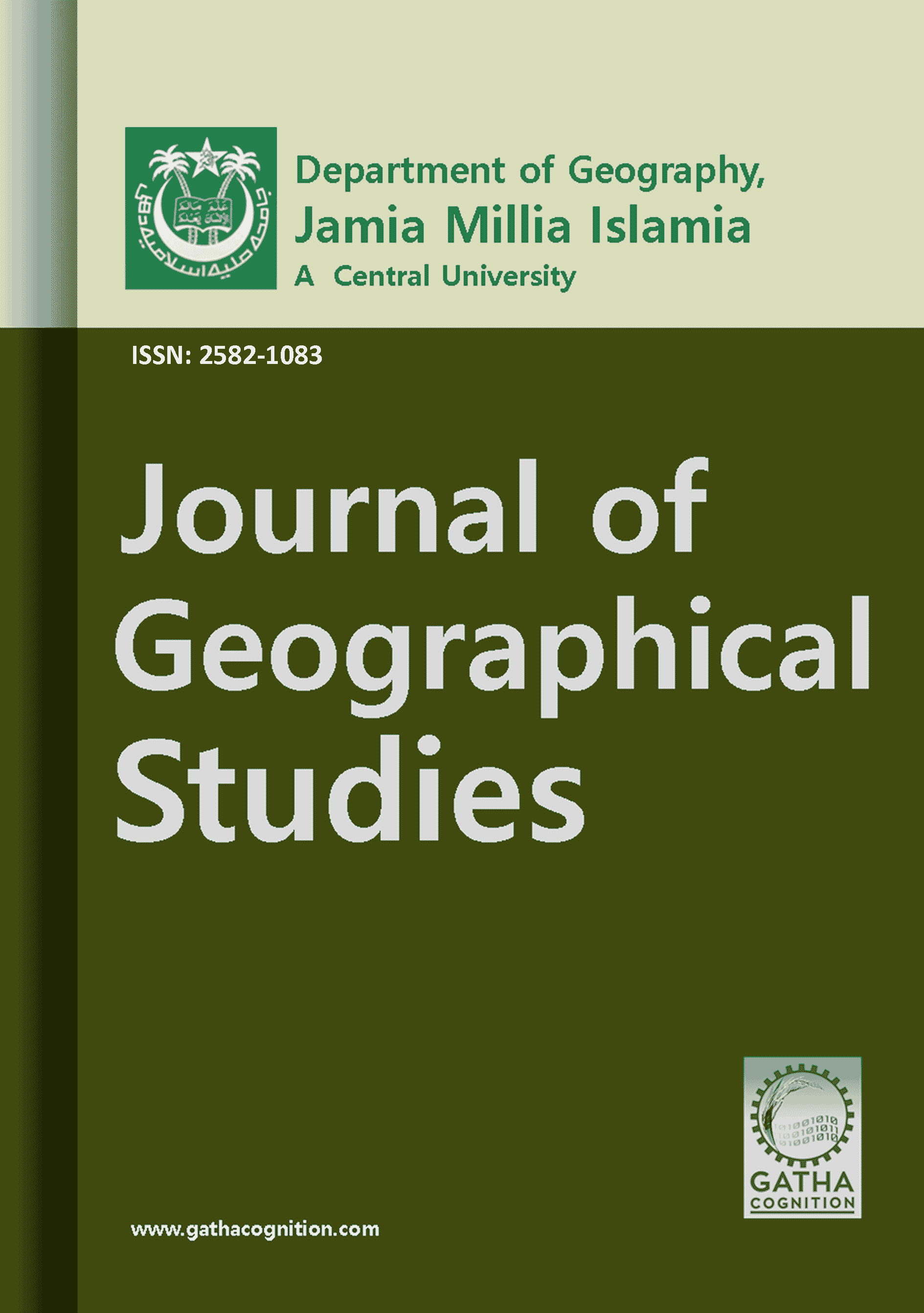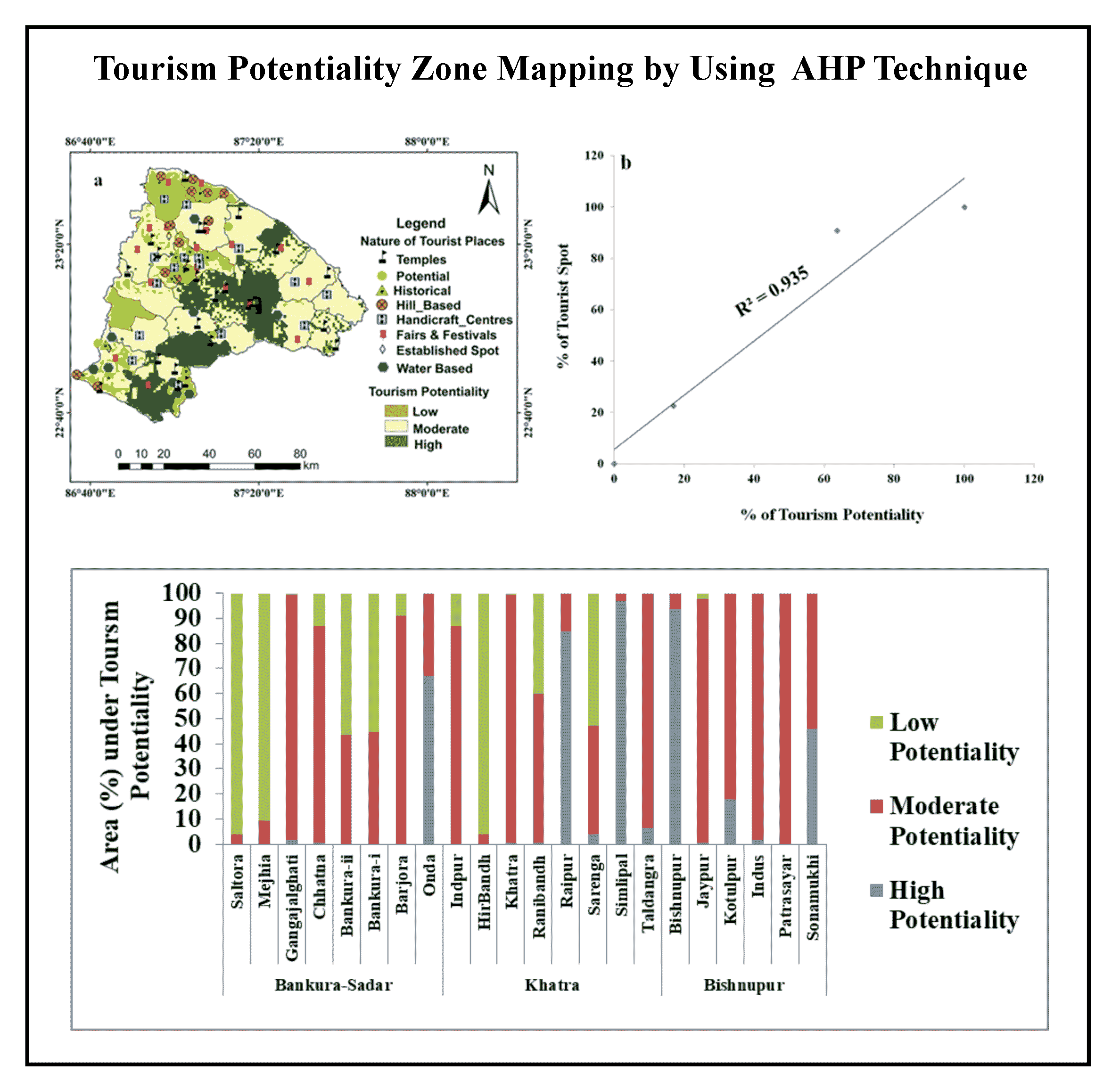Article Title :
Attributes of Domestic Water Supply in Aizawl City, Mizoram 
6 (2022)
49-57
Water Source , Households , Consumption , Aizawl City


The present study aims to understand the availability and distribution of public water supply in Aizawl city of Mizoram state (India) among 15 out of 83 local councils. About 50 sample households selected from each of the sampled local councils are fifty households, thus data gathered via questionnaire administered to 750 respondents mainly female household heads. Most of the households depend on multiple water sources because their principal source is not fully reliable. A domestic water source for households was determined by the availability of water sources in their respective area and households’ economic. The water consumption in the study area is well below the standards set by the Indian Bureau of Standards.

The study was focussed on analysis of availability and distribution of public water supply in Aizawl city.
The primary household survey was conducted for data collection.
The water consumption is below the standards set by the Indian Bureau of Standards.
The traditional water sources are considered more reliable in view of quantity.
The scarcity of water has socioeconomic impact on the people of Aizawl.
AMC [Aizawl Municipal Corporation], 2020. Sanitation Report, 2020.
Asante, F. A., 2003. Economic analysis of decentralization in rural Ghana. Development Economics and Policy, 32. Peter Lang, Frankfurtam Main.
BIS [Bureau of Indian Standards] 1993. IS 1172-1993, Code of Basic Requirements for Water Supply, Drainage and Sanitation. Publication of Bureau of Indian Standards, New Delhi.
GOI [Government of India], 1997. Ninth Five-Year Plan 1997-2002- Vol II, Planning Commission, New Delhi.
GOI [Government of India], 2002. Tenth Five-Year Plan 2002-2007-Vol II, Planning Commission, New Delhi.
Howard, G. and Bartram, J., 2005. Effective water supply surveillance in urban areas of developing countries. Water Health 2005 (3), 31.
Iskandarani, M., 2002. Economics of household water security in Jordan. Development Economics and Policy, 31. Peter Lang, Frankfurtam Main.
NCIWRDP [National Commission for Integrated Water Resources Development Plan], 1999. Report of the Working Group on Perspective of Water Requirements. Government of India, Ministry of Water Resources, New Delhi.
NCU [National Commission on Urbanisation], 1988. Report of the National Commission on Urbanisation. II, Government of India, New Delhi, 293-301.
NSSO [National Sample Survey Organisation], 1999. Drinking Water, Sanitation and Hygiene in India. National Sample Survey Organisation, 54th Round, Report No. 449. Government of India, New Delhi.
PHED [Public Health Engineering Department], 2021. Present Physical and Financial Status of Greater Aizawl Water Supply Phase-I. Unpublished Report, Public Health Engineering Department, Monitoring Cell, Government of Mizoram, Aizawl.
Ramhnehzauva, C, 2021. Domestic water sources at the households’ level in Aizawl City, Mizoram. International Journal of Creative Research Thought. 9(3), 3713-3718.
Sonuga, J. O., 1984. Keynote address. Proceedings of the International Seminar on Water Resources Management Practices, July 28-Aug. 4, Federal Ministry of Water Resources, Abuja, Nigeria, 5-7.
Thompson, J., Porras, I. T., Tumwine, J. K., Mujwahuzi, M.R., Katui- Katua, M., Johnstone, N. and Wood, L., 2001. 30 Years of Change in Domestic Water Use and Environmental Health in East Africa. International Institute for Environment and Development. Russell Press, Nottingham.
Tumwine, J. K., 2002. Drawers of Water II: 30 Years of Change in Domestic Water Use and Environmental Health in East Africa, Uganda Country Study. International Institute for Environment and Development, London, 121-124.
WHO [World Health Organisation], 2001. Access to Improved Drinking Water Sources, India. Joint Monitoring Programme for Water Supply and Sanitation, Coverage Estimates 1980-2000, September 2001.
WHO [World Health Organisation], 2003. The Right to Water. WHO, Geneva.
World Bank, 2001. World Development Report 2000/2001: Attacking Poverty. Oxford University Press, New York, 321.
World Bank, 2004. World Development Report 2004: Making Services Work for Poor People. Oxford University Press, New York, 268.





